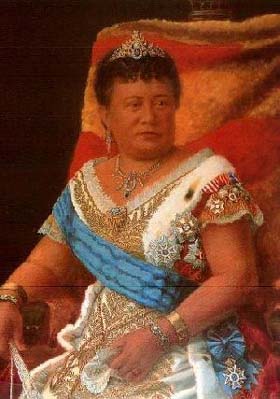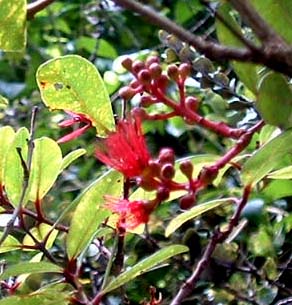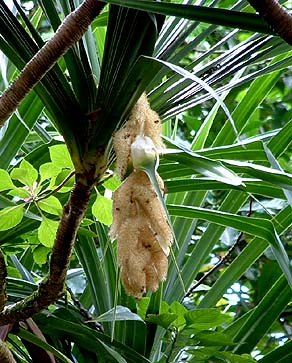 |
 |
 |
|||||||||||||||||||||
|
|
|
|
|
|
|
|
|
||||||||||||||||
|
|
|||||||||||||||||||||||
| Travellers to the Nu‘uanu, even today, experience the powerful winds that blow up the windward face of the pali. A Hawaiian expression refers to this as ka makani ka'ili kapa o Nu'uanu— "the garment-snatching wind of Nu'uanu." Pukui (1983, #1464) explains that "The gale that blows at Nu'uanu Pali, O'ahu, could whisk away the tapa garment of a traveler there." Elsewhere Pukui refers to ka makani kula'i kanaka o Nu'uanu—"The wind of Nu'uanu that pushes people over," as the strong gales at Nu‘uanu "were known to make travelers fall down" (1983, #1468).
|
||
|
|
||
Another proverb states, Ako Nu‘uanu i ka halau loa a ka makani; ‘ako Manoa i ka hale a ke ehu. "Gathered in Nu'uanu is the longhouse of the wind; gathered in Manoa is the house of rainy sprays" (Pukui 1983, #10). That the winds of Nu‘uanu evoked poetry is evident, and is even more apparent in a chant composed for Queen Kapi‘olani. "He Lei no Kapi‘olani" ("The Lei of Kapi‘olani") is a name-chant (mele inoa) that describes Nu‘uanu Valley with its winds, its flowers, and its places. Ki‘owao is the name of the cliffs on the Kalihi side, and also the name of the wind at the Pali. It is a gentle land breeze and also, a stationery heavy fog that becomes a cloudburst. Here we present one interpretation of this chant, from the Huapala website. As is typical of Hawaiian poetry, this chant will have many layers of meaning, and kaona (hidden meanings). |
|
|
Aia i Nu‘uanu
ko lei nani "There in Nu‘uanu is your beautiful lei Ke hakua mai la e ke Ki‘owao
"That is woven by the Ki‘owao wind Notes:
|
Ua nani ka noho a
Waipuhia "Beautiful is the resting place of Waipuhia wind
"Adorned is Lanihuli in the wind blown grass
|
|
|
Pau‘ole
ke onaona o Kekele "Endless is the fragrance of Kekele "Glorious is Waolani in the ‘Ehuwai wind
Notes: |
He aloha ia
wai anu i ka ‘ili Ha‘ina ke ali‘i
nona ka lei "Answering is the chiefess whose lei it
is
|
|
|
|
|
As with the Ki‘owao, wind in Nu‘uanu is closely associated with rain.
|
||
|
|
||
| |
| |
|
|
 |
| Nu‘uanu Home | Map Library | Site Map | Hawaiian Islands Home | Pacific Worlds Home |
|
|
|||
| Copyright 2003 Pacific Worlds & Associates • Usage Policy • Webmaster |
|||










